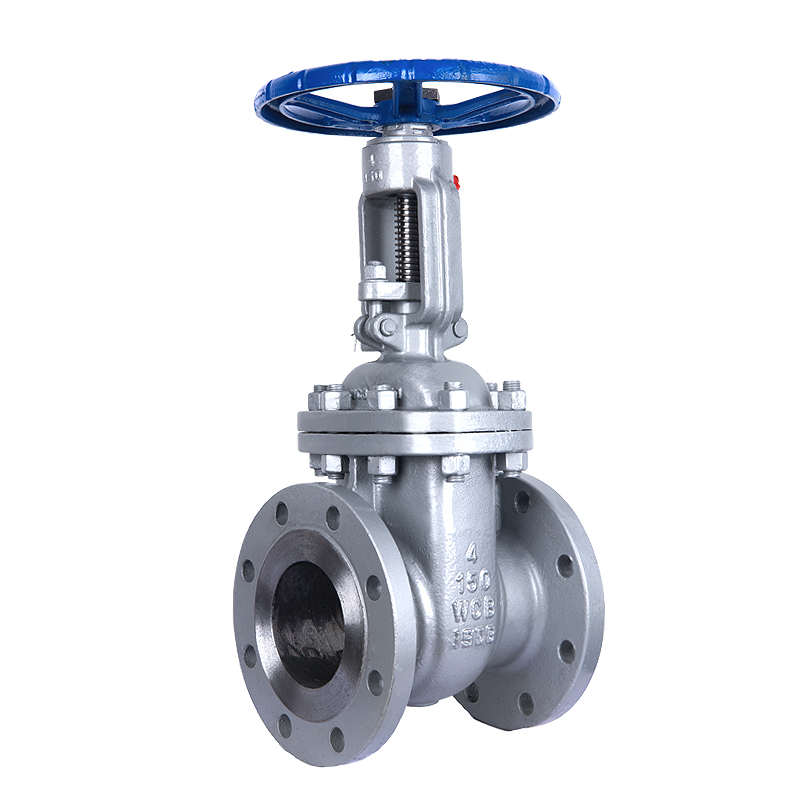Different Types of Gate Valves Used in Water Supply Systems and Their Functions
Types of Gate Valves for Water Supply
Gate valves are among the most common types of valves used in water supply systems. They are designed to allow or block the flow of water through pipelines. Known for their simple design, durability, and reliable performance, gate valves function like a gate – they can be fully opened or closed but are not suitable for throttling flow. This article will explore the various types of gate valves used in water supply applications, highlighting their features, benefits, and appropriate use cases.
1. Wedge Gate Valves
Wedge gate valves are the most commonly used type in water supply networks. They feature a wedge-shaped gate that fits into a seat in the valve body, creating a tight seal when the valve is closed. The wedge can be classified into two types solid and flexible. Solid wedge gates are made from a single piece of material, while flexible wedges have a slight curve that allows for a better seal under varying pressure conditions. These valves are highly reliable and ideal for on/off applications, serving well in water distribution systems.
2. Parallel Gate Valves
Parallel gate valves use two parallel-faced gates that close against two parallel seats. Unlike wedge gates, parallel gates provide a more uniform sealing surface, which can be beneficial for preventing leaks. This design makes parallel gate valves particularly effective in applications where low-pressure drops and minimal flow turbulence are crucial. They are often used in large-diameter pipelines in municipal water systems.
In rising stem gate valves, the stem rises as the valve opens, providing visual feedback on the valve’s status. This feature is advantageous for operators as it allows for easy monitoring of whether the valve is open or closed. These valves are typically used in water supply systems where accessibility is not a concern and where operators benefit from a clear indication of valve operation.
types of gate valve for water supply

4. Non-Rising Stem Gate Valves
Non-rising stem gate valves, on the other hand, do not have a stem that rises with the valve operation. Instead, the stem remains stationary while the gate moves up or down. This design is particularly useful in applications with limited vertical space, such as underground installations. Non-rising stem gate valves are often seen in municipal water supply systems and industries where space constraints are an issue.
5. Metal-Seated Gate Valves
Metal-seated gate valves are constructed with metal-to-metal seating surfaces, providing a robust solution suitable for high-pressure applications. They are known for their longevity and resistance to wear and tear, making them ideal for critical water supply systems. However, they require precise machining to ensure a proper seal, which can increase manufacturing costs.
6. Resilient-Seated Gate Valves
Resilient-seated gate valves use a rubber or similar material lining on the seating surface, which allows for a better seal at lower pressures and can compensate for minor misalignments. These valves are widely used in potable water applications, as they provide excellent sealing performance while being more cost-effective than their metal-seated counterparts.
Conclusion
In summary, gate valves play a critical role in water supply systems, with various types available to meet specific operational requirements. Wedge and parallel gate valves are commonly chosen based on their sealing capabilities and application needs. Meanwhile, rising and non-rising stem gate valves cater to various spatial constraints. Furthermore, the choice between metal-seated and resilient-seated valves can significantly impact performance and longevity. Understanding the different types of gate valves ensures that engineers and system designers can select the most appropriate solution for efficient water distribution and management.
-
The Key to Fluid Control: Exploring the Advantages of Ball Valves in Industrial SystemsNewsJul.09,2025
-
The Versatile World of 1, 2, and 3 Piece Ball ValvesNewsJul.09,2025
-
Stainless Steel Ball Valves: The Ideal Choice for Efficient Flow ControlNewsJul.09,2025
-
Optimizing Fluid Control with Ball Float ValvesNewsJul.09,2025
-
Manual Gate Valves: Essential for Control and EfficiencyNewsJul.09,2025
-
Everything You Need to Know About Butterfly ValvesNewsJul.09,2025
-
The Versatility of Wafer Type Butterfly ValvesNewsJul.08,2025




